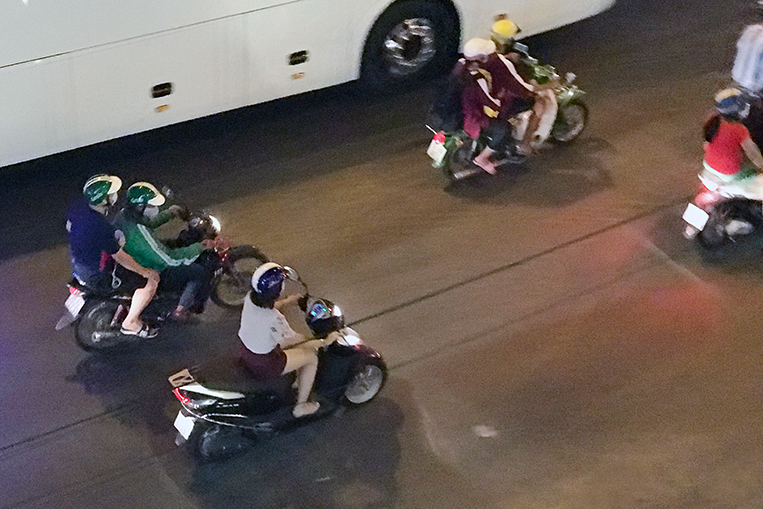
When ride-sharing outfit Angkas was shut down by the government late last year, the outcry about the removal of this motorcycle-based transport option could be heard far and wide. With the company having said in the past that it wanted to work with the powers that be, and with the general ride-hailing business in the country being less than optimal right now, the time seems about right to put this topic back in the headlines.
Here are five reasons we should have motorbike taxis in the Philippines:
1. It eases traffic congestion. Grab currently has 35,000 vehicles here. That’s a lot of metal clogging up the streets, and that’s not even the maximum allowed number of TNC (transport network company) cars yet. Just wait until the other transport companies get going and Carmageddon is going to be an almost daily occurrence. If all of those four-wheeled people-movers were motorbikes instead, the space needed to accommodate them on the roads would be drastically reduced, resulting in faster-flowing traffic and less congestion. Manila will only keep growing, and adding more and more cars to the roads is not a sustainable solution. Adding motorcycles isn’t ideal either, but it’s the better option given the choices. A study conducted in Belgium a few years ago showed that even if only one in 10 car users switches from four to two wheels, the remaining nine will see their travel time cut significantly.
2. The more motorbikes we have, the safer it is to ride them. Riding a motorbike in a sea of cars can be a dangerous undertaking, and the relatively few motorcycles and scooters being used to travel around Metro Manila right now are currently at a road safety disadvantage. Getting hit by a two-ton block of metal can seriously spoil your day if all you have to protect yourself with are a helmet and a Bible in the underseat storage compartment. But the more bikes there are out there, the lower the likelihood of ending up as a hood ornament on some SUV whose driver has a secret fantasy of sideswiping motorcyclists.
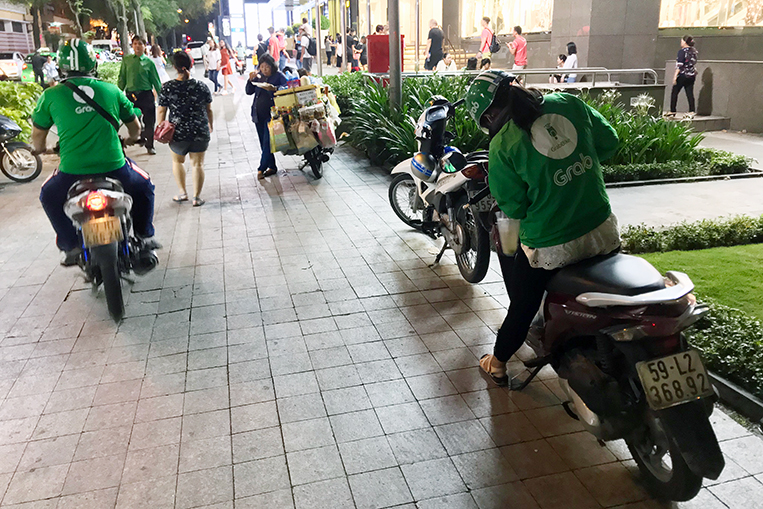
3. It‘s an established business model. Bike taxis are nothing new. Take the short hop over to Vietnam and you will see thousands of Grab bikes roaming around city streets. The same goes for Indonesia, where the Uber-slaying startup from Singapore is ferrying thousands of people through traffic on motorcycles every day. This cheap and cheerful way to get around is easy to add for existing ride-sharing companies, and even new entrants to the transport market can get started in no time thanks to companies like Wunder offering white-label platforms by now.
4. It’s cheaper. Motorbikes are relatively inexpensive to use, which is one of the great advantages they have over four-wheeled ride-hailing options. Not only do Grab car passengers get more and more upset at absurd surge pricing in recent times, the people doing the driving also encounter cost-based problems. Thousands of drivers have reportedly left the industry since Uber sold out to Grab because they simply couldn’t make ends meet. Many remaining driver partners have been vocal online saying that the current commercial model does not allow them to earn enough money. In this climate, the financial risk would be much lower for anyone wishing to offer rides if bikes were allowed to be used. This looks like a win-win situation, really, and could actually make the myth of people using their personal vehicles to make some extra income a reality, instead of fleet operators essentially switching from running taxicabs to running Grabs as is often the case now.
The more bikes there are out there, the lower the likelihood of ending up as a hood ornament on some SUV whose driver has a secret fantasy of sideswiping motorcyclists
5. It’s better when it’s regulated. The closure of Angkas has not stopped people from offering and using motorcycle-based taxi services. The only thing it has caused is for the whole business model to go underground, with riders and their passengers using social media and open-source ride-hailing apps to conduct their business in secret. This, of course, exposes everyone involved to much higher risks, ranging from not having insurance to potentially getting Jack the Ripper as your chauffeur. Regulating it means minimum standards have to be adhered to and there’s an additional layer of control and safety to fall back on. It’s happening anyway, so we might as well make it legal and do it properly.
The biggest hurdle to making this a reality is the current set of TNC regulations that do not consider motorbikes to be PUVs. What is needed now is some political foresight and will to make the necessary (and relatively simple) changes in the laws governing these services. Then everyone can legally and cheaply get to where they need to go.

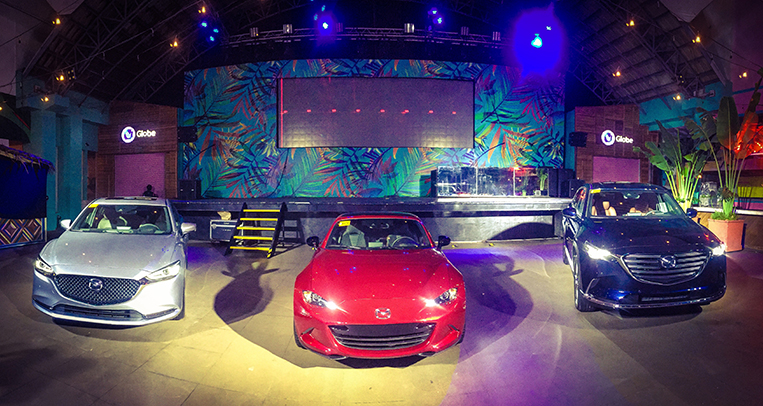
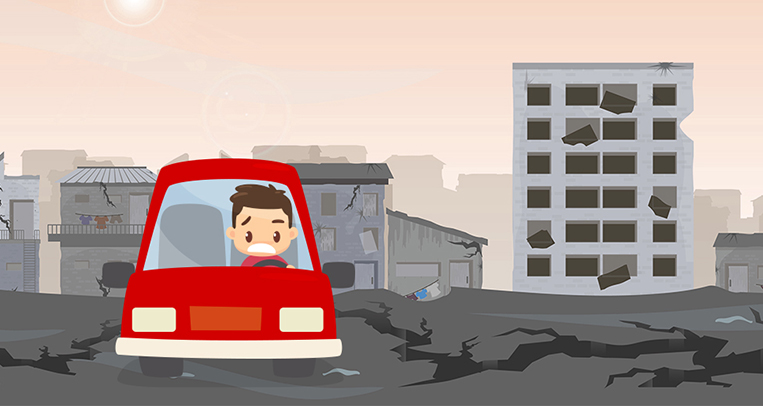
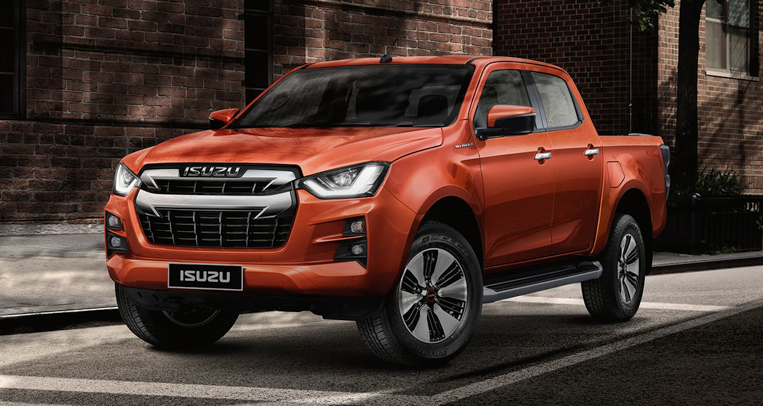
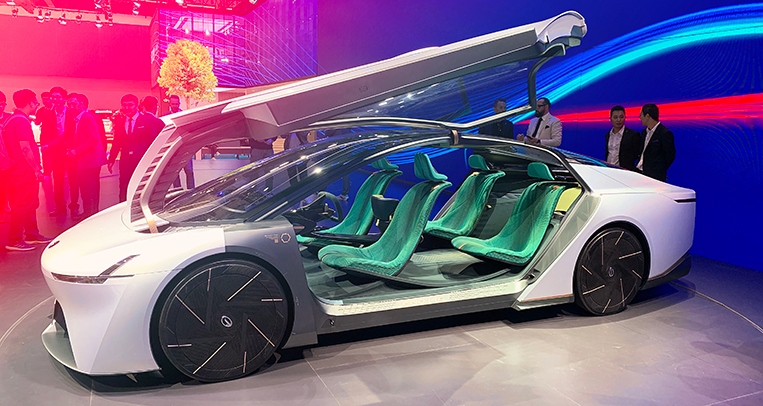

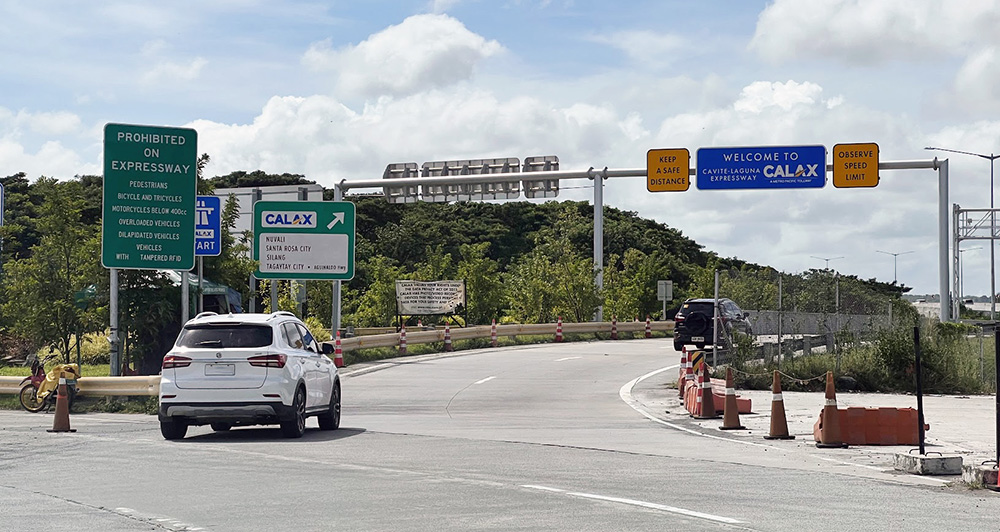
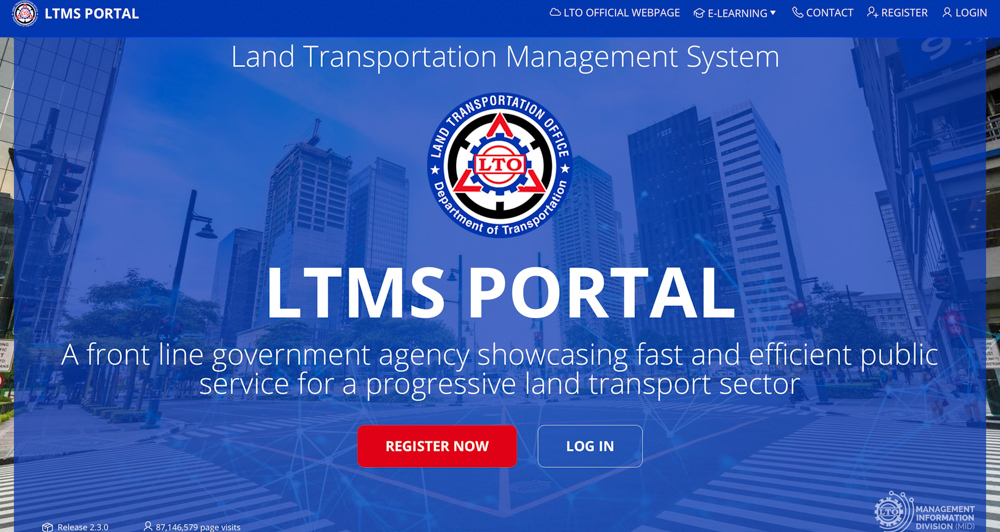

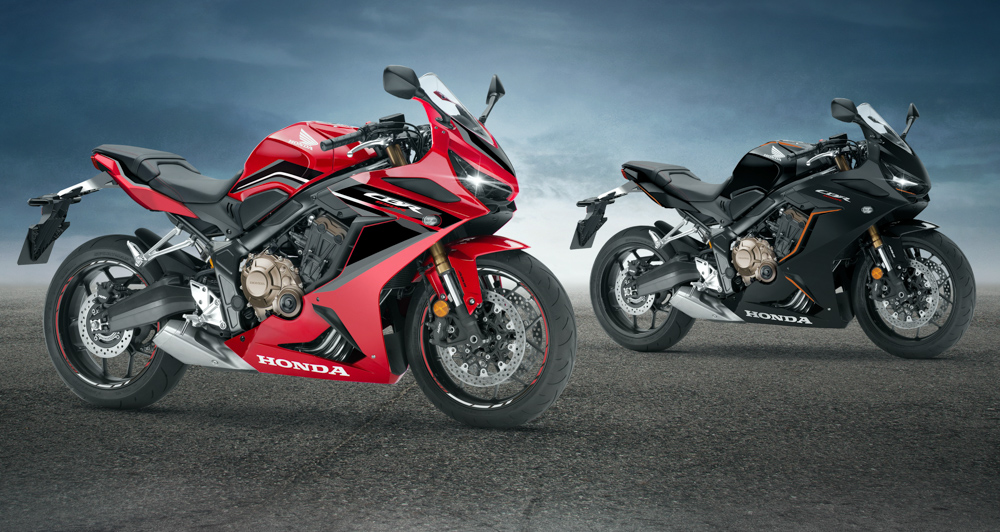
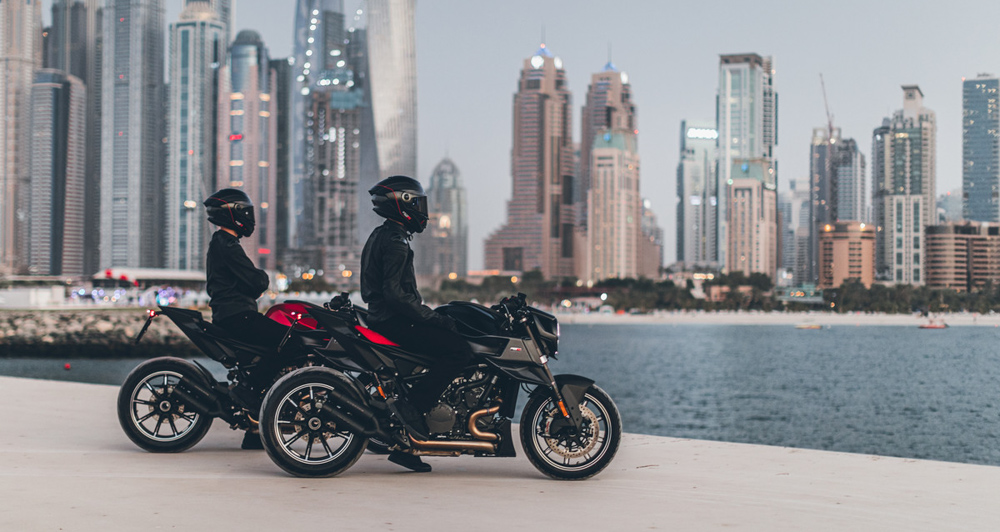
Comments